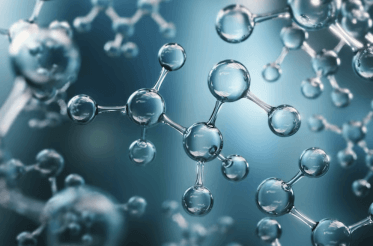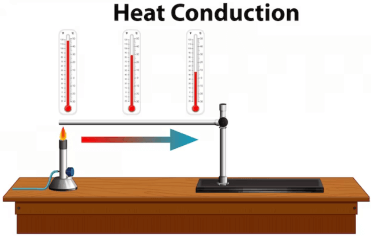Question
a.
extracellular environment
b.
outer membrane
c.
nucleus
d.
matrix
Posted under Cell Biology
Interact with the Community - Share Your Thoughts
Uncertain About the Answer? Seek Clarification Here.
Understand the Explanation? Include it Here.
Q. The free energy released during electron transport is utilized to move protons from _____________ to inner membrane and cytosol.
Similar Questions
Explore Relevant Multiple Choice Questions (MCQs)
Q. Proton motive force is the net sum of how many gradient components?
View solution
Q. The contribution made by electric potential versus pH gradient to the proton motive force (Δp) is determined by which property of the mitochondrial membrane?
View solution
Q. The approximate proton motive force of an actively respiring mitochondrion is ____________ mV.
View solution
Q. The maintenance of proton motive force requires that inner mitochondrial membrane remains permeable to protons.
View solution
Q. For which organelle proton motive force is also a source of energy?
View solution
Q. Mitochondria is the organ for ______
View solution
Q. The protruding invaginated sheets inside mitochondria is known as _____
View solution
Q. The inner boundary membrane and inner cristal membrane are joined by ____
View solution
Q. Which part of mitochondria has almost 70-75% protein content?
View solution
Q. Which part of mitochondria is responsible for the degradation of many enzymes?
View solution
Q. In the inner membrane of mitochondria, there is one protein molecule for approximately every _______
View solution
Q. Cardiolipin present in inner mitochondrial membrane plays a role in ___________
View solution
Q. Porins are present in ____________
View solution
Q. The mitochondrial DNA in humans encode for how many poplypeptides?
View solution
Q. Human mitochondrial DNA encodes for ____________
View solution
Q. Human mitochondrial DNA encodes for _________
View solution
Q. The mitochondrial RNA polymerase is made up of _____________
View solution
Q. Glycolysis takes place in _____
View solution
Q. The first stable compound of Kreb’s cycle is _____________
View solution
Q. How many ATP molecules are produced per glucose molecules in eukaryotic Glycolysis?
View solution
Recommended Subjects
Are you eager to expand your knowledge beyond Cell Biology? We've handpicked a range of related categories that you might find intriguing.
Click on the categories below to discover a wealth of MCQs and enrich your understanding of various subjects. Happy exploring!








